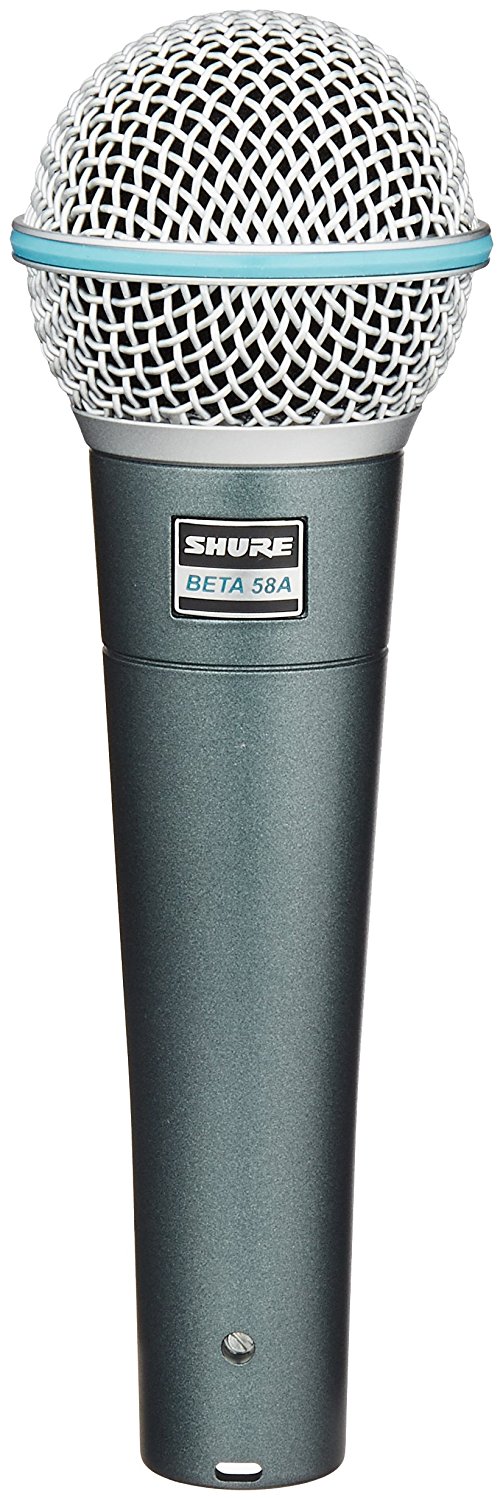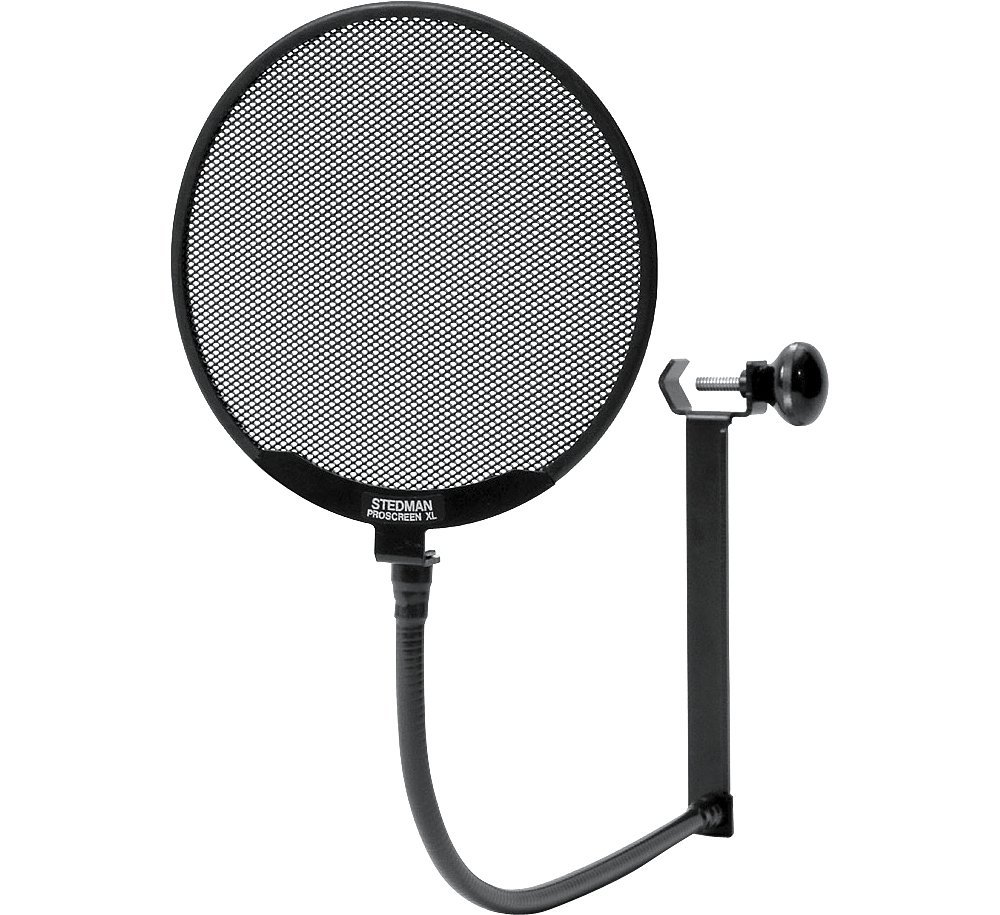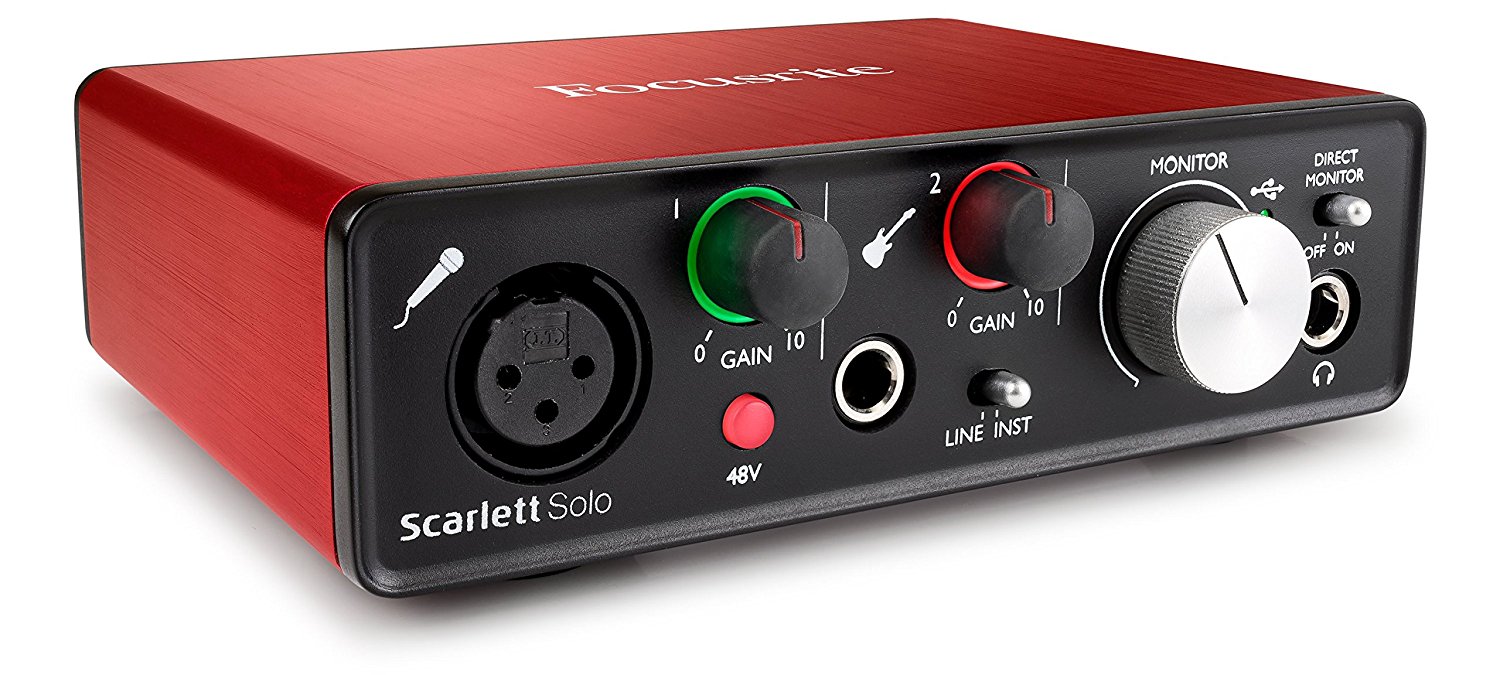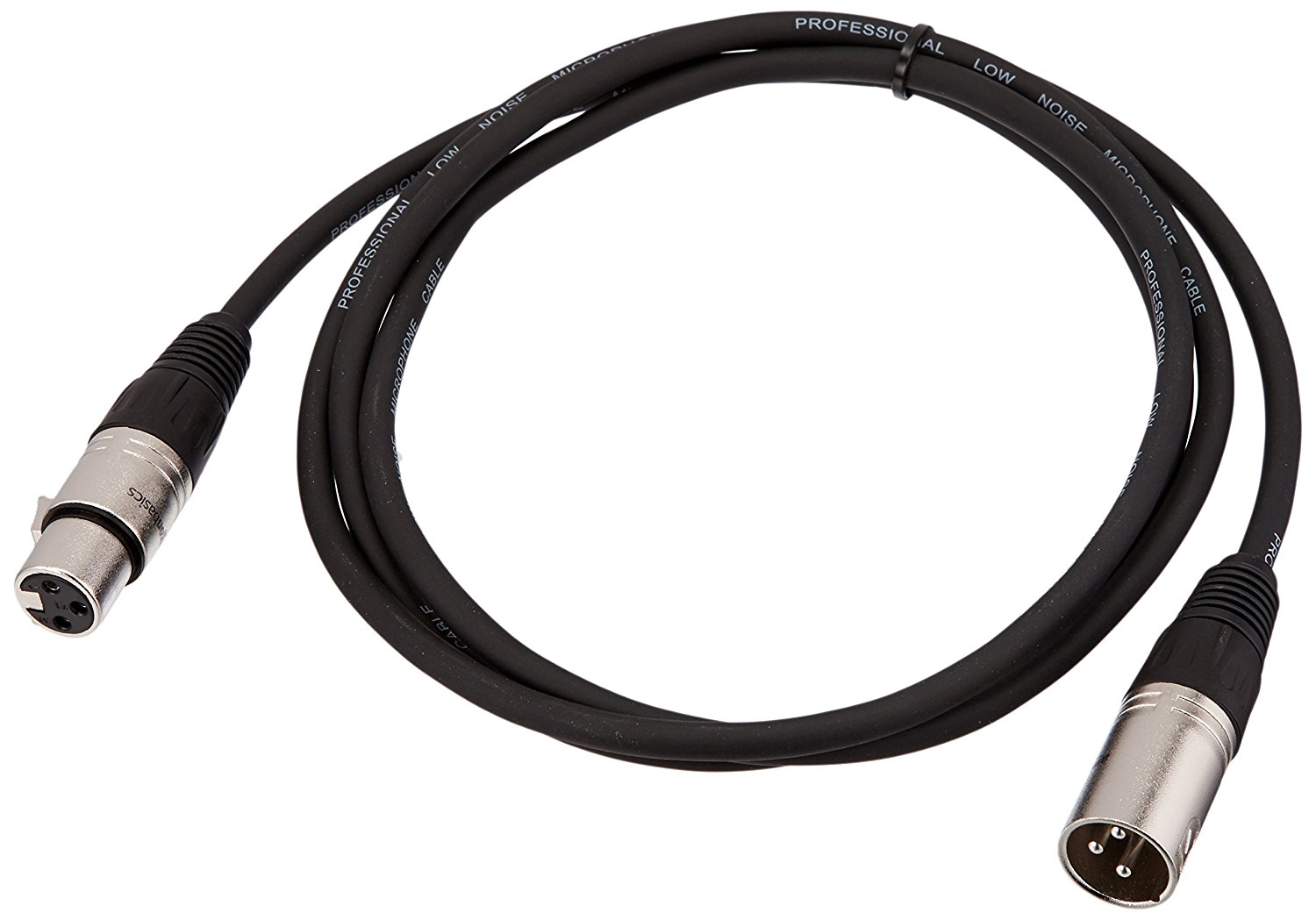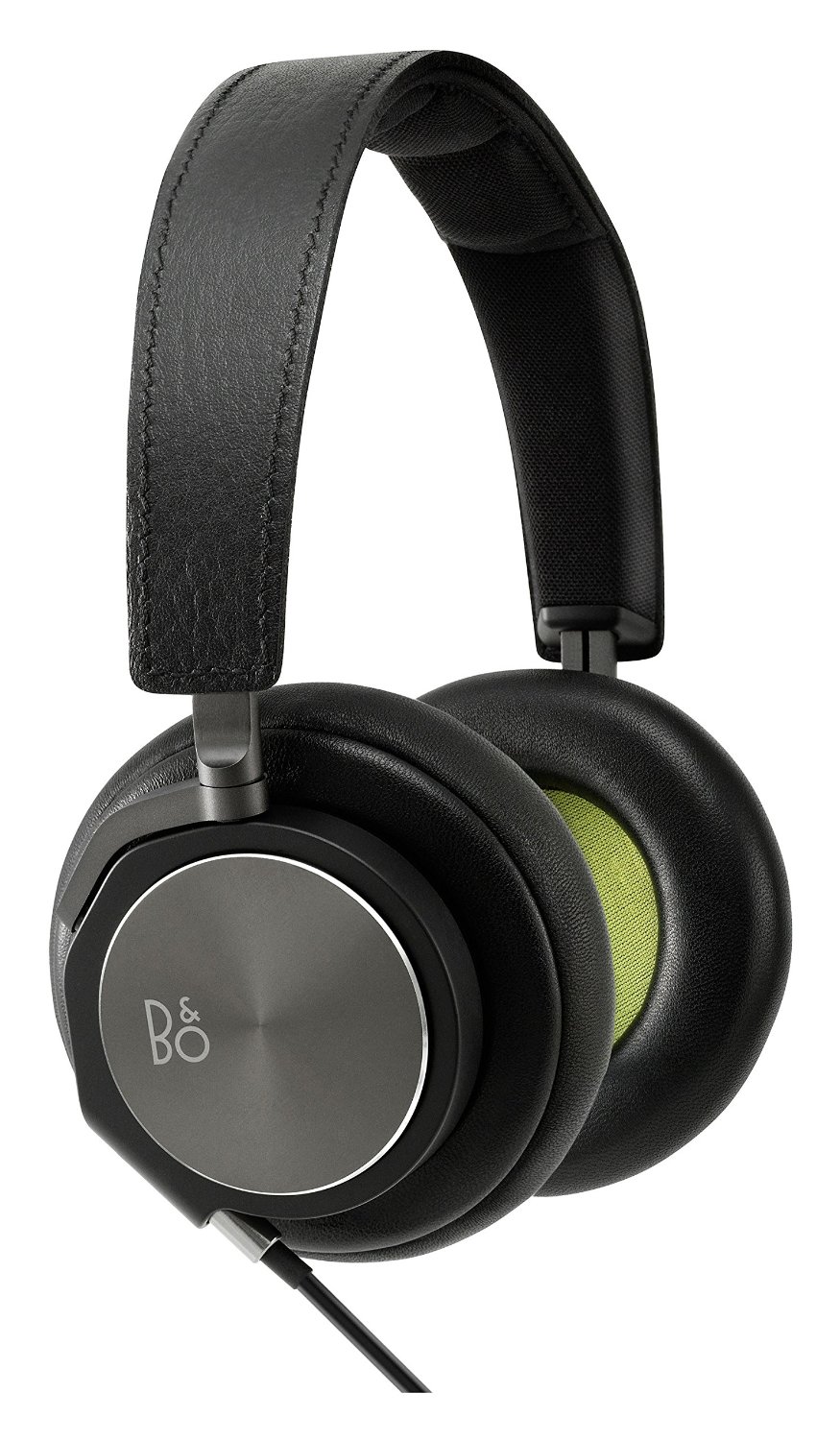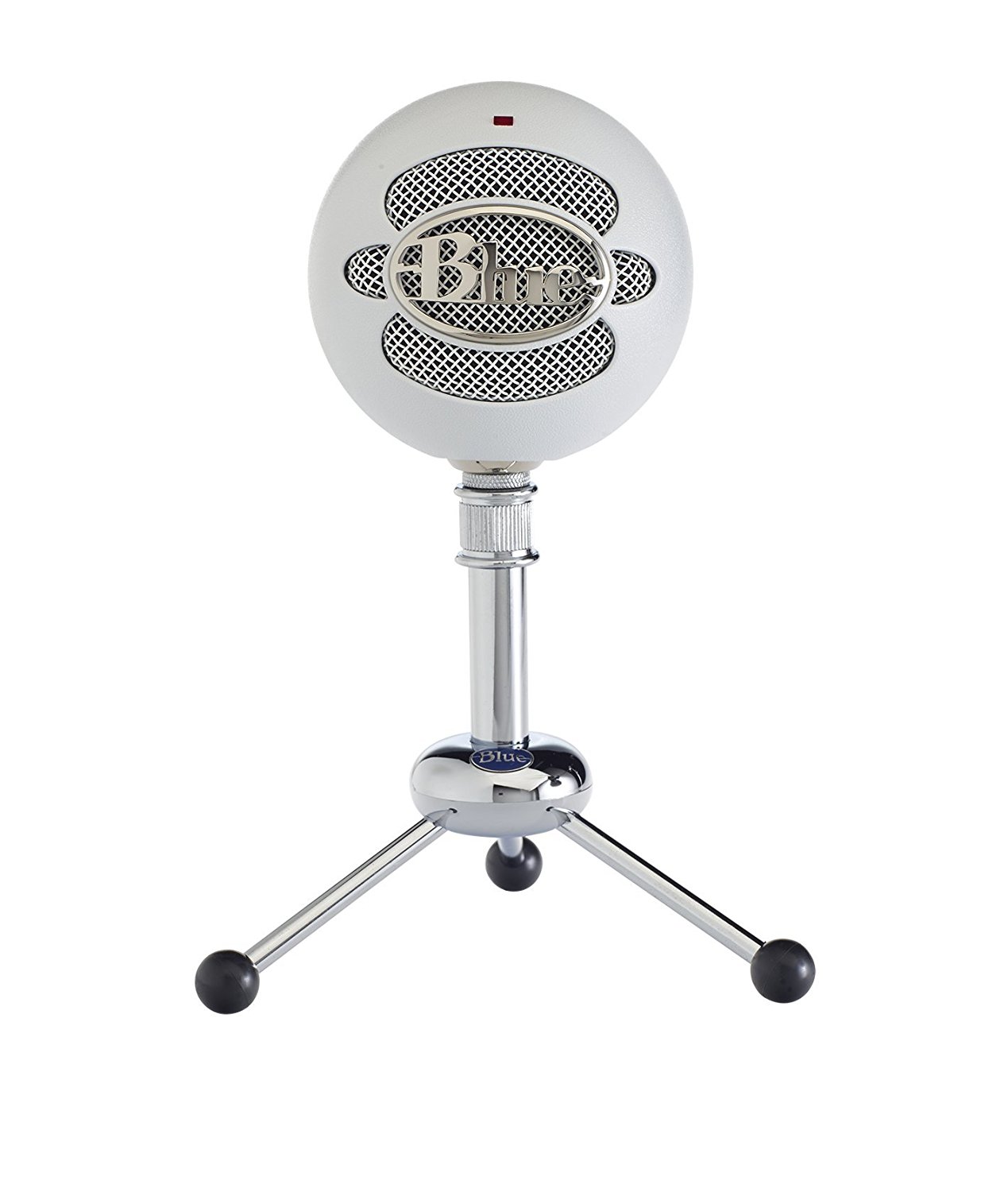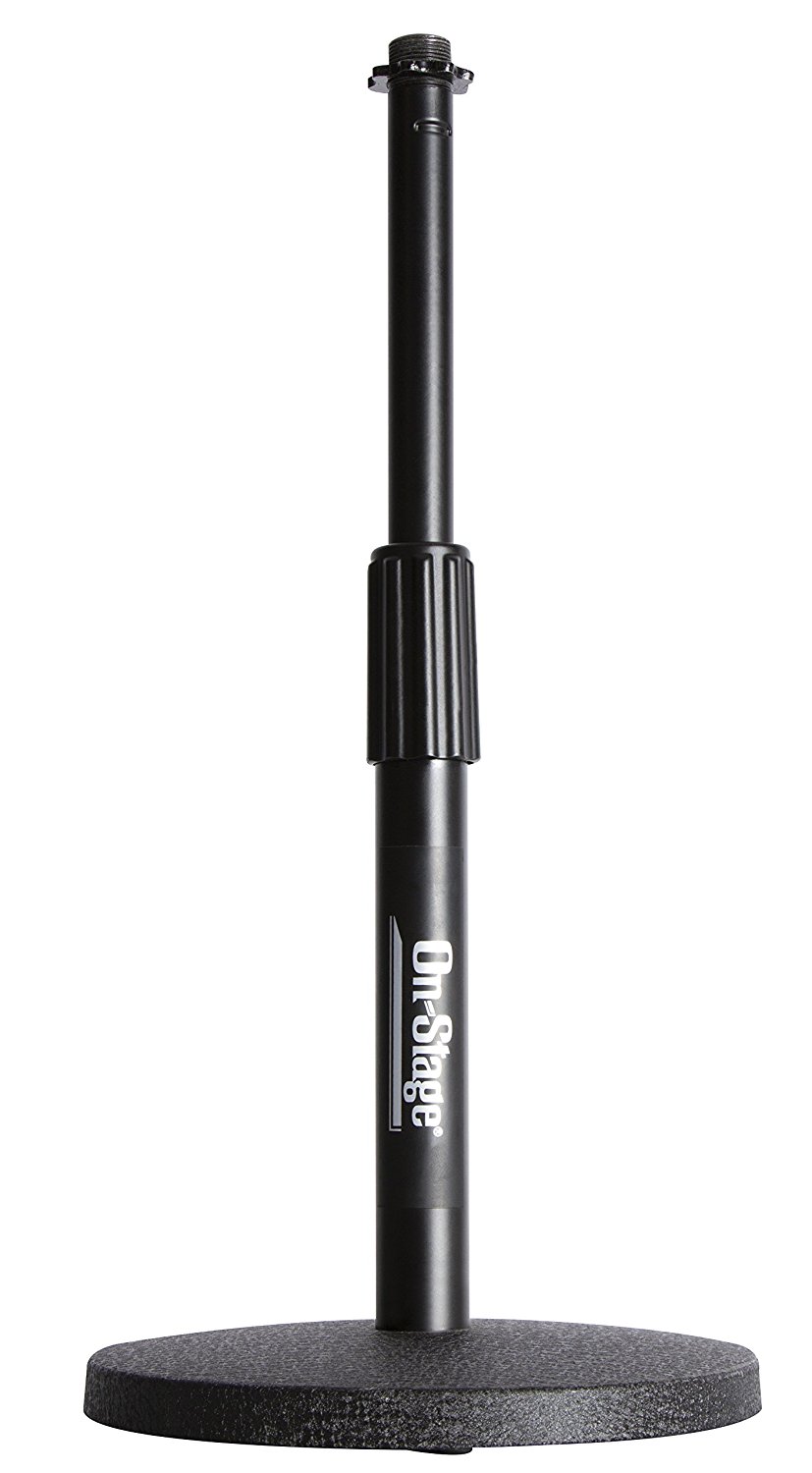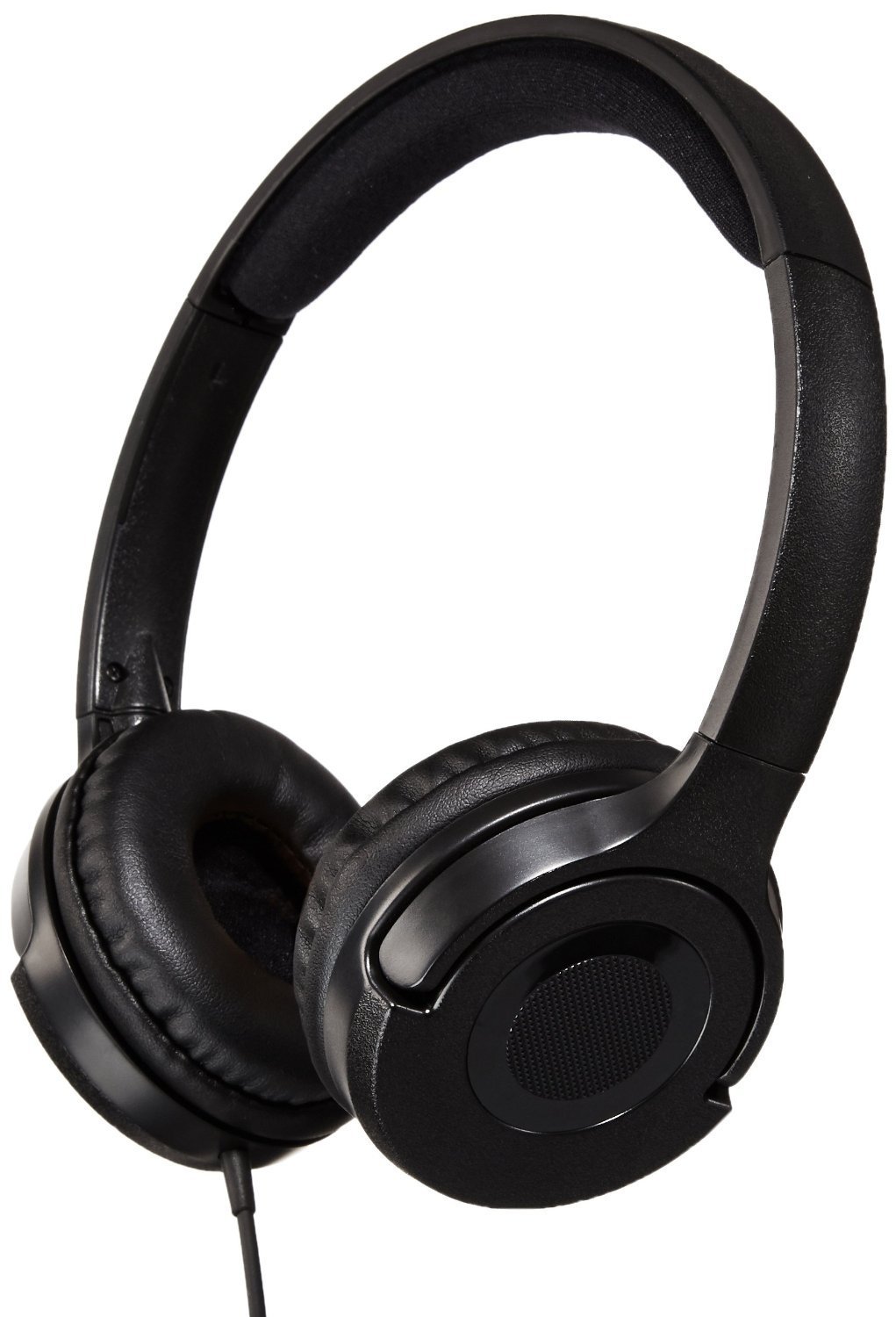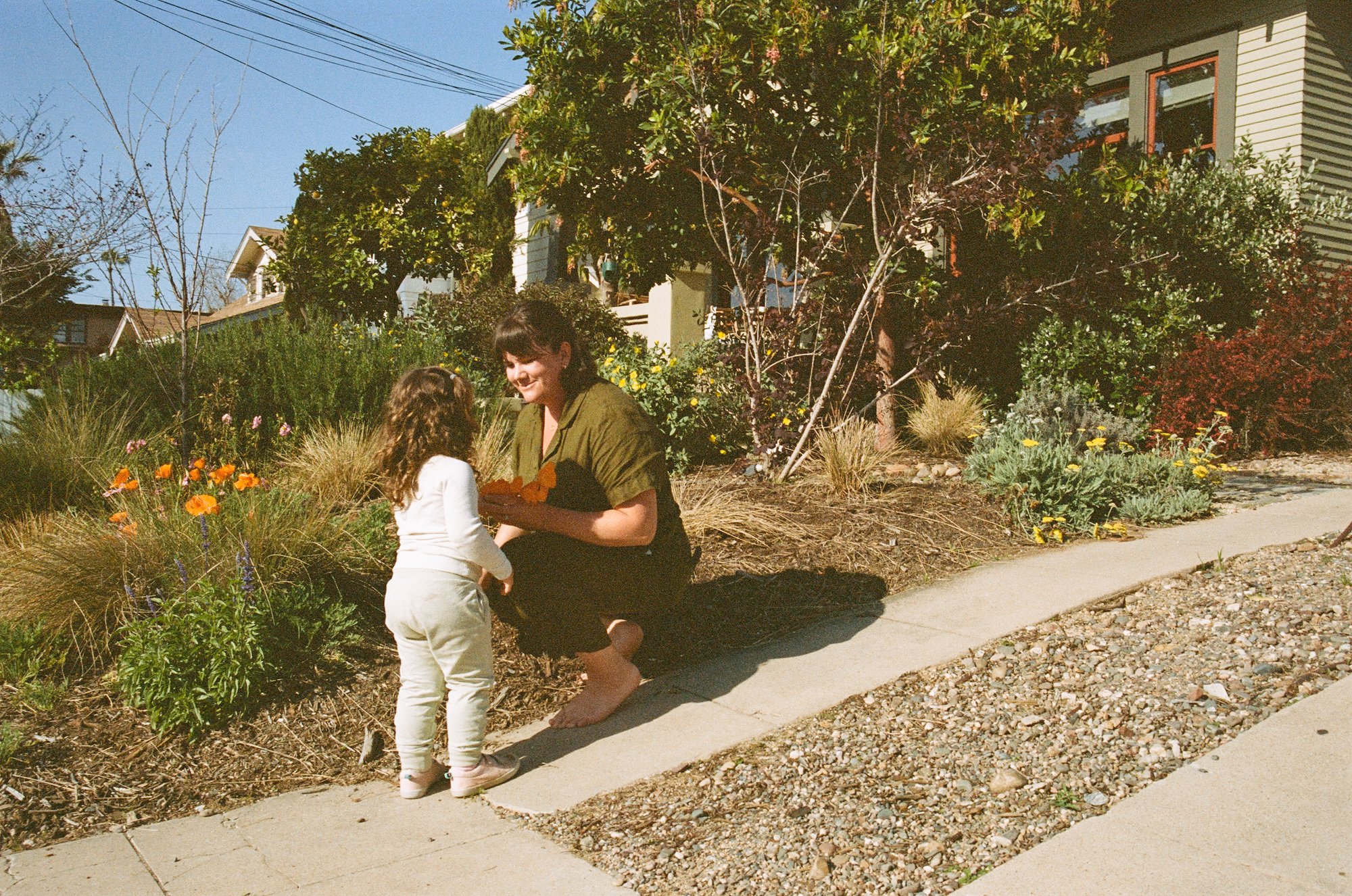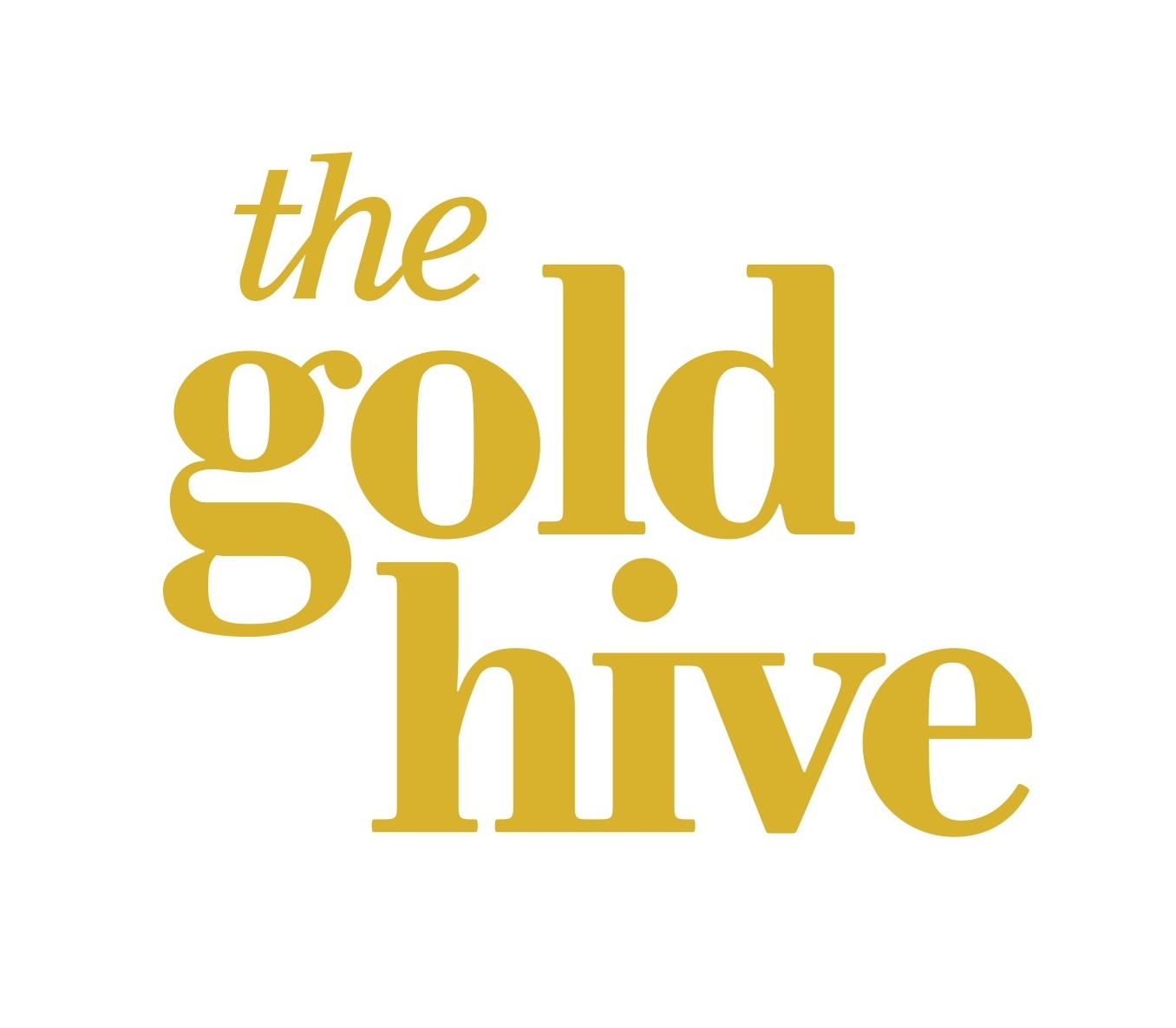My Interview On the Style Matters Podcast! + Audio Recording Tips and Tools
/A few weeks back, I sat down to chat with Karen and Zandra of Little Yellow Couch for an interview on their Style Matters podcast. We discussed the latest One Room Challenge (and the mural), my work in museums and its influence on my blogging, taking on stop-gap DIYs in the kitchen, the passion I have for art, where I like to donate when I clean house, seeking inspiration, plans for 2018, and why I think style matters.
Listen to my episode!
Use the player above, or on iTunes, GooglePlay, or Stitcher.
This is the audio set up Ross put together for my interview. As an audio professional by trade, and as our home's Chief Technology Officer, he's a good resource for all things music/voice recording. He helped me round up tips and tools if you have recording needs yourself!
A few tips for audio recording if you're being interviewed, want to launch your own YouTube show or podcast, are recording vocals to mix your own music, or even if you do lots of conference calls online:
Turn off the AC/heater, don't run a load of laundry, and pick a room in the house with sound-absorbing materials (i.e. soft things). Also, remove clattery jewelry and avoid fidgeting with things that can make noises. Even vibrations from working on the table that the mic sits on can be picked up in your recording.
Silence your cell phone and put it far away from the mic so there's no cellular interference.
Use headphones to listen to the other side of the conversation. If you use your speakers, your microphone will pick up the other person's voice and you'll get an echo.
Speak closely to the mic for more direct sound and less room echo.
If you're going to laugh or yell, pull away from the microphone a bit.
Sit up straight (or even stand) for clear breathing.
Avoid drinking milk-based beverages or coffee before talking. Eating an apple before you chat will help clear your voice and a glass of room-temp water will keep you hydrated during your conversation.
Use a pop filter to remove the strong "p" and "s" sounds.
Lastly, always do a test run before going live!
Using your computer's built-in audio won't get you the best result, so we've rounded up some tools to make you sound your best. Ross recommends the pro gear for long-lasting and high quality audio, but he collected a few cheaper options to play with until you're ready to make a more "pro" plunge. You can also mix and match pro and budget, too!
Pro Gear:
Microphone: A pro mic that works great for speaking or singing. It picks up detail in your voice without picking up unwanted reflections in the room - $159
Mic Stand: It's adjustable and weighted so it won't tip over - $30
Pop Filter: A must have for reducing hard "p" and "s" sounds. This one is made of metal so it will last longer than plastic or DIY versions - $50
Audio Interface: It amplifies a professional microphone and converts it to USB to record directly into your computer. It also has a guitar input if you're a musician - $99
Mic Cable: To connect the interface to the mic - $6
Headphones: These headphones are the priciest of all of the items, but luckily they are the most versatile. I use this pair on flights for my movie watching because they are super comfy and have great audio quality - $222
Budget Gear:
Microphone: This USB mic plugs directly into your computer without needed an additional interface like the pro set up. Plus, it comes in different colors! - $70
Mic Stand: The budget mic has little legs, but if you need more height, a stand will make chatting more comfortable. Plus, it's easier to attach the pop filter to a stand. Note that it doesn't have a boom to bring the mic closer to you like the pro one does - $13
Pop Filter: For less than $10, it makes your voice sound so much better (you can also make your own for pennies) - $9
Headphones: I like over ear headphones, but you can always use the ones that came with your phone - $15
Software:
All of these tools will send your voice to your computer, then you can use any software to record. My podcast interview was hosted on Skype, so I used the built-in Skype Call Test Service to make sure everything was working well. For recording, you can use the native Mac app, GarageBand, or download Audacity for free for PC users. Pro Tools is the industry standard audio workstation but is overkill for simple projects. Ross recommends TwistedWave for someone looking for more than what the free apps provide.
I hope that's helpful for anyone making music, movies, podcasts, or internet calls! Send me any recording questions, or if you want recommendations for pro PRO gear in the thousand dollar range, and I'll pass you along to my in-house audio engineer.
I got carried away talking about recording gear, so don't forget to go listen to my interview on iTunes, GooglePlay, Stitcher, or the player below!
So, why does style matter to YOU?


